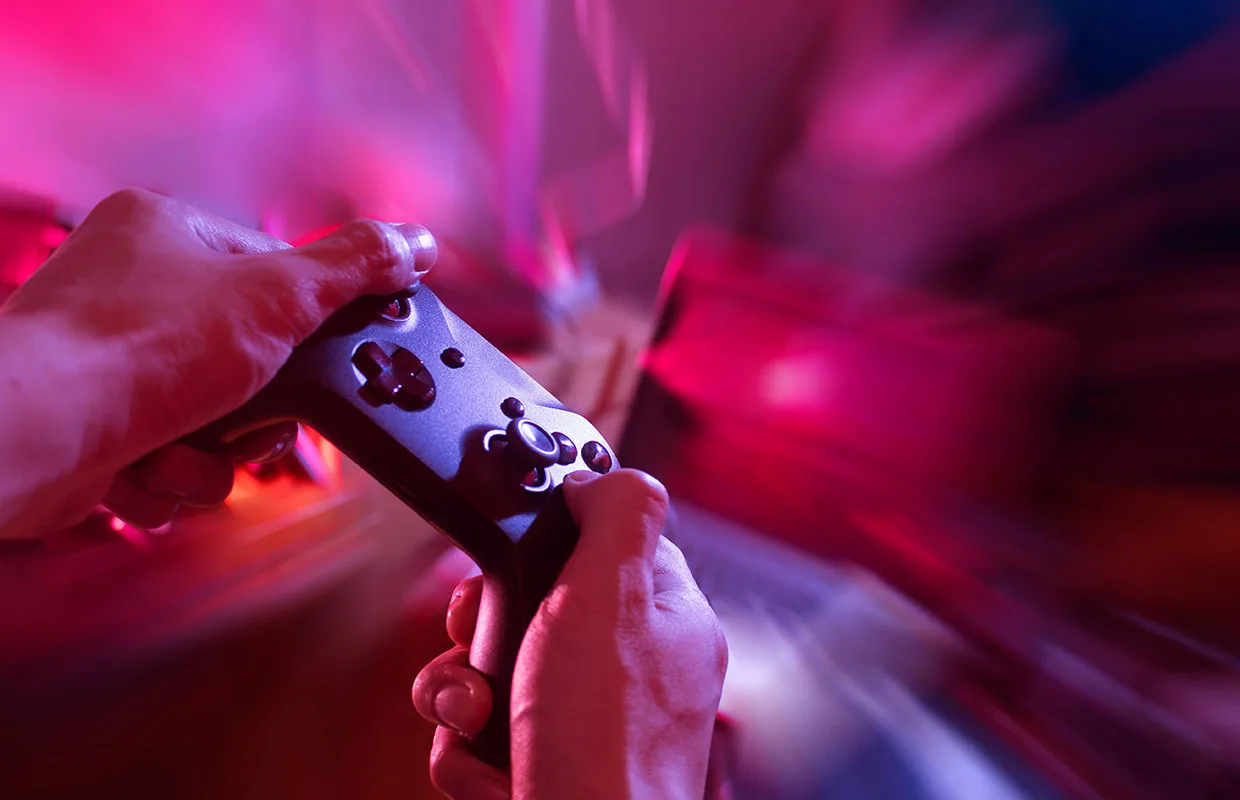David Stelzer, President of leading global video game commerce organisation, Xsolla, discusses the importance of the Asia Pacific region as a key player within the global gaming landscape due to its innovative approach and advanced technologies.
THE FUTURE OF GLOBAL GAMING IS HERE
For decades, Western narratives have dominated the gaming industry – from Silicon Valley’s tech advances to Hollywood’s storytelling influence.
Meanwhile, the Asia Pacific (APAC) region has quietly revolutionised game development, monetisation, and sustainability, fuelling Western successes like League of Legends and Fortnite.
For many years, APAC’s gaming output seemed to be focused solely on Japan, with console powerhouses such as Sony, Nintendo, Sega, and Square Enix dominating.
Now, APAC is seen as a much larger region and gaming’s undisputed leader. Boasting the world’s largest gaming audiences, pioneering business models, and an unmatched ability to scale, the region is not just a major player but shaping the entire industry’s future.
JAPAN: THE LEGACY INNOVATOR
Japan has long shaped gaming, creating iconic franchises and setting the gold standard for design. Its strength lies in blending nostalgia with innovation, reinventing classics rather than relying on incremental sequels.
For example, whilst the West clung to consoles, Japan pioneered mobile gaming. Puzzle & Dragons, developed and published by GungHo Online Entertainment, was a watershed moment, blending role-playing game (RPG) mechanics with match-three gameplay. It was the first mobile game to generate USD$1 billion in revenue, proving that mobile gaming wasn’t just for casual players.
Nintendo and Sony, meanwhile, remain juggernauts of the gaming industry, each shaping the market in distinct ways. Whilst Nintendo dominates with its hardware – the Switch selling over 150 million units – both companies excel at their ability to reinvent gameplay. For instance, Nintendo’s The Legend of Zelda: Breath of the Wild completely reshaped open-world gaming, whilst Sony’s Shadow of the Colossus revolutionised game design with its storytelling.
SOUTH KOREA: THE ESPORTS AND ONLINE GAMING GIANT
Whilst Japan has long dominated traditional gaming, South Korea revolutionised online multiplayer. The government has actively invested in gaming infrastructure by providing lightning-fast internet and creating an ecosystem where competitive gaming could thrive.
Blizzard may have created StarCraft, but South Korea turned it into a global phenomenon. The game became a national pastime, leading to the birth of modern eSports. Today, Korea remains the epicentre of competitive gaming, producing some of the best players and teams across League of Legends, Overwatch, and Valorant.
Beyond eSports, South Korea excels in live-service gaming. Nexon pioneered free-to-play massively multiplayer online role-playing games (MMPORGs) with MapleStory and Dungeon Fighter Online, which surpassed over USD$20 billion in revenue. Other giants like Netmarble, NC Soft, Krafton, Kakao, Com2uS, and Nexon have also driven the industry’s success, shaping the global market.
South Korea’s gaming industry isn’t just about creating games – it’s about fostering a culture where gaming is as respected as traditional sports.
CHINA: THE POWERHOUSE THAT REWIRED GAMING ECONOMICS
China is the world’s largest gaming market, home to over 600 million gamers and industry giants Tencent and NetEase, whose influence extends far beyond the country’s borders.
Tencent is the largest gaming company in the world, with stakes in League of Legends, Fortnite, Call of Duty, Clash of Clans, and PlayerUnknown’s Battlegrounds (PUBG) Mobile. It pioneered the live-service model, turning games into long-term entertainment ecosystems. Today, the free-to-play mechanics and battle passes that Tencent helped to refine in China dominate Western franchises like Call of Duty: Warzone and FIFA Ultimate Team.
Tencent’s Honor of Kings is the highest-grossing mobile game ever, earning USD$15 billion since its launch and proving that mobile gaming can rival triple-A (AAA) franchises.
Whilst Tencent leads in business, NetEase drives innovation, refining cross-platform gaming for hits like Diablo Immortal and Identity V, which both thrive in China but struggle in the West. NetEase also excels in localisation, bridging Eastern and Western gaming preferences with hybrid storytelling and gameplay.

CHINA’S INFLUENCE ON MONETISATION AND DESIGN
China’s greatest impact on global gaming isn’t just its companies, but its business models. The country’s developers mastered the gacha system, which has since become dominant in modern gaming. Genshin Impact by Mihoyo proved that gacha mechanics could work in a AAA-quality game, generating over $USD 4 billion in just two years.
Even traditional Western developers, once resistant to these mechanics, have embraced them. Look no further than Electronic Arts’ (EA’s) FIFA Ultimate Team or Call of Duty’s seasonal battle passes – both concepts were fine-tuned in the APAC market before being adopted worldwide.
SOUTH KOREA: THE BIRTHPLACE OF ESPORTS AND LIVE-SERVICE GAMING
Whilst China perfected monetisation, South Korea redefined multiplayer gaming. It pioneered online connectivity before the West understood its potential, turning competitive gaming into a professional industry long before eSports became a global phenomenon.
For example, Blizzard may have created StarCraft, but South Korea turned it into a cultural phenomenon. In the early 2000s, professional leagues formed around the game, and eSports became a legitimate career path. By the time League of Legends and Overwatch took over the eSports scene, South Korea had already established the infrastructure – dedicated gaming houses, salaried players, and sponsorship deals – that turned gaming into a billion-dollar industry.
South Korea also pioneered the live-service model long before the West caught on. MapleStory and Dungeon Fighter Online introduced the idea that games could thrive indefinitely with regular content updates, something now standard in Western blockbusters like Destiny 2 and Apex Legends.
SOUTHEAST ASIA: THE EMERGING GIANT
Whilst Japan, Korea, and China have dominated gaming headlines, Southeast Asia has been emerging as a major force. With a mobile-first audience and agile studios, the region is making global waves.
Singapore’s Garena created Free Fire has surpassed USD$1 billion in downloads, outpacing Fortnite and PUBG Mobile by thriving in low-end device markets. Vietnam’s Sky Mavis pioneered play-to-earn with Axie Infinity, showcasing the region’s willingness to experiment.
Unbound by AAA constraints, Southeast Asian developers continue to rapidly innovate. With improving infrastructure and growing investment, the region is set to become a powerhouse in game development and publishing
WHY APAC DESERVES MORE RECOGNITION
Despite its dominance, gaming’s global conversation is still skewed towards Western studios. But overlooking APAC’s impact ignores where the future of the industry is headed.
APAC has set the standard for monetisation models, eSports, and mobile-first development. Now, with cloud gaming, AI-driven content, and new business models, APAC is not just participating – it’s defining the industry.
More interconnected than ever, gaming’s future isn’t just influenced by APAC – it is APAC.





















